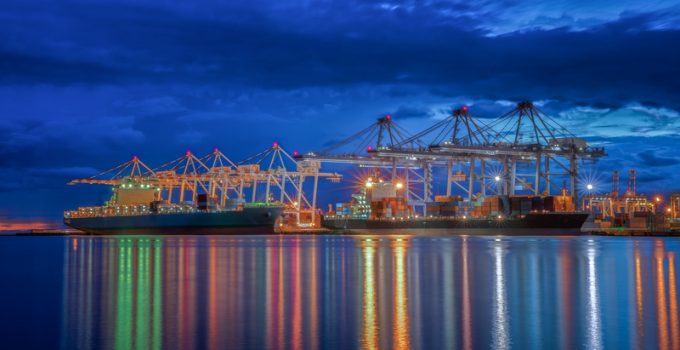HutchWatch: Panama pain and PSA plans – where we stand
Predictions

Container ports should spearhead an “Internet of Logistics” to tackle inefficiencies in global container supply chains.
According to PSA International chief executive Tan Chong Meng, a “connected community” beyond the scope of Internet of Things (IoT) technology is needed to improve data sharing.
“Our first ’container port ...

Comment on this article